October 2001
Features
Constraining source and charge risk in deepwater areas
In most petroleum companies, each element of the petroleum system is addressed through peer reviews and risking sessions. These elements are: source presence and its characteristics, source maturity, migration (carrier beds), reservoir, trap and seal. An additional risk is oil quality or its preservation. More than half of the risk associated with a prospect or play fairway is assessed via petroleum geochemistry and burial history / thermal / fluid-flow basin modeling.
This article will present how regional data, paleo-reconstructions, seepage data via piston coring and 2-D burial history / thermal / fluid-flow basin modeling have typed source-rock characteristics across the deepwater and ultra-deepwater Gulf of Mexico (GOM), and how this helps constrain source type and presence. Also discussed are new definitions of seepage related to petroleum systems vs. unrelated anomalies, how this helps constrain charge, and how all of these data were integrated to define a source-rock model for the deepwater to ultra-deepwater GOM.


